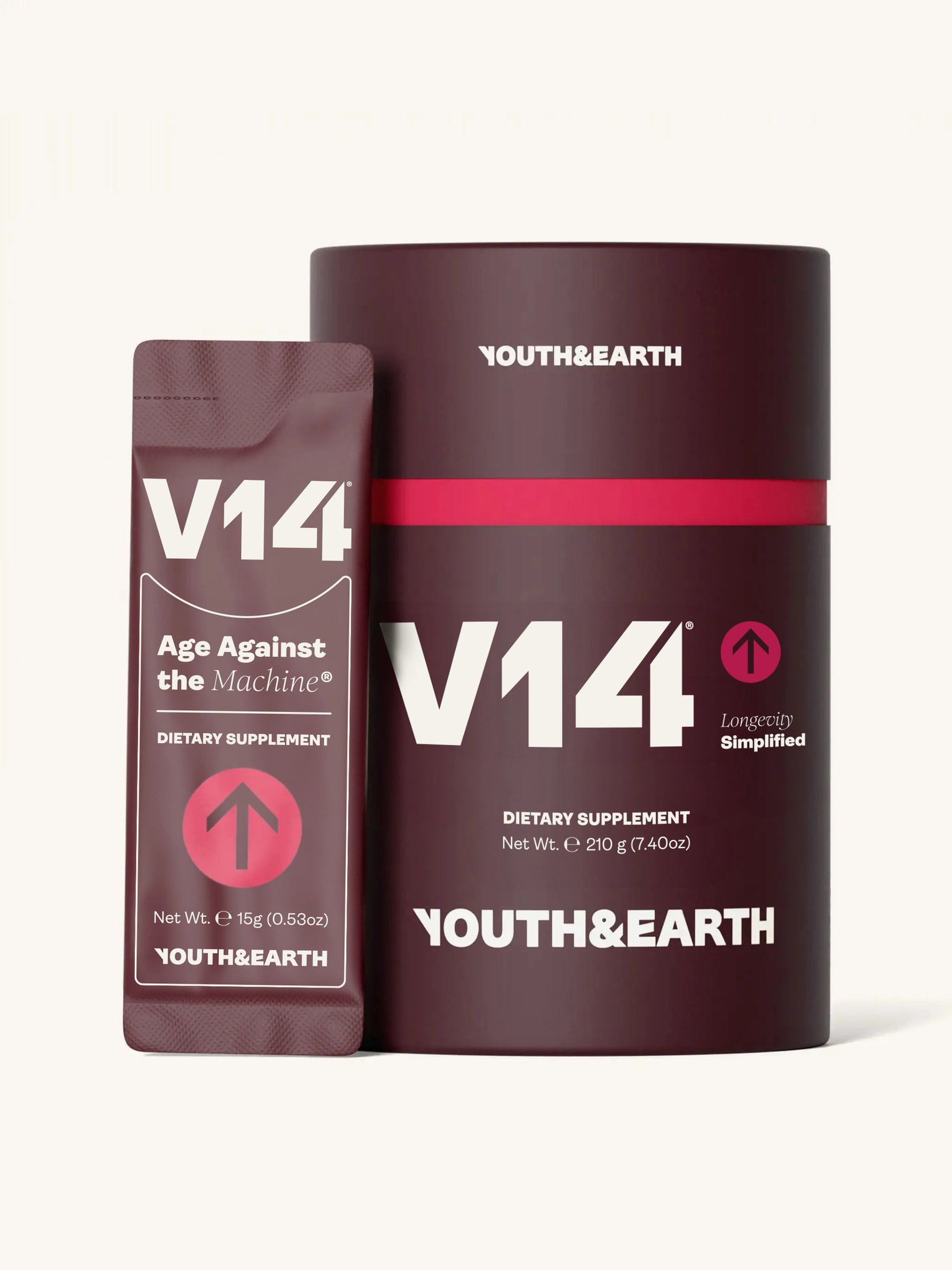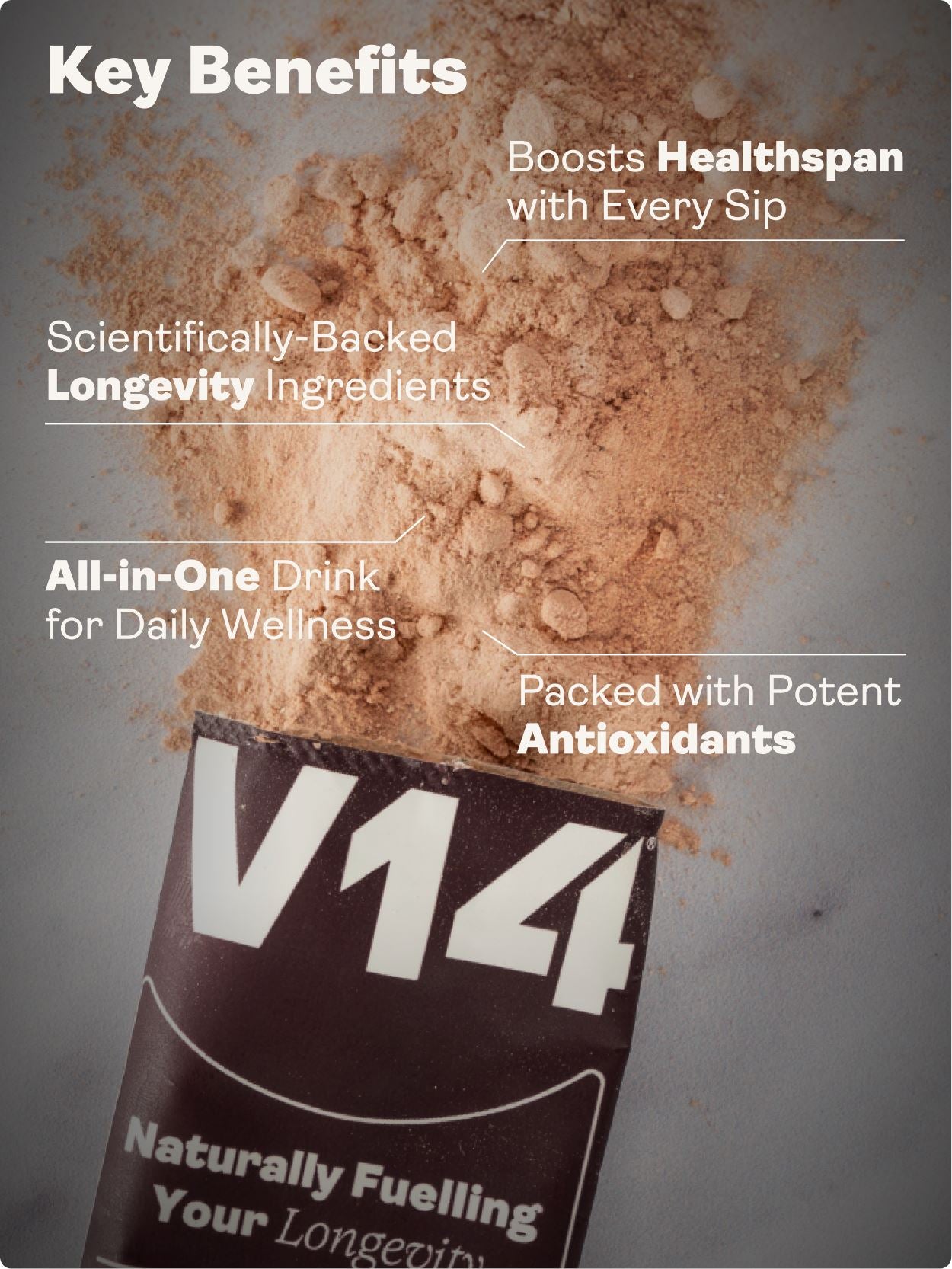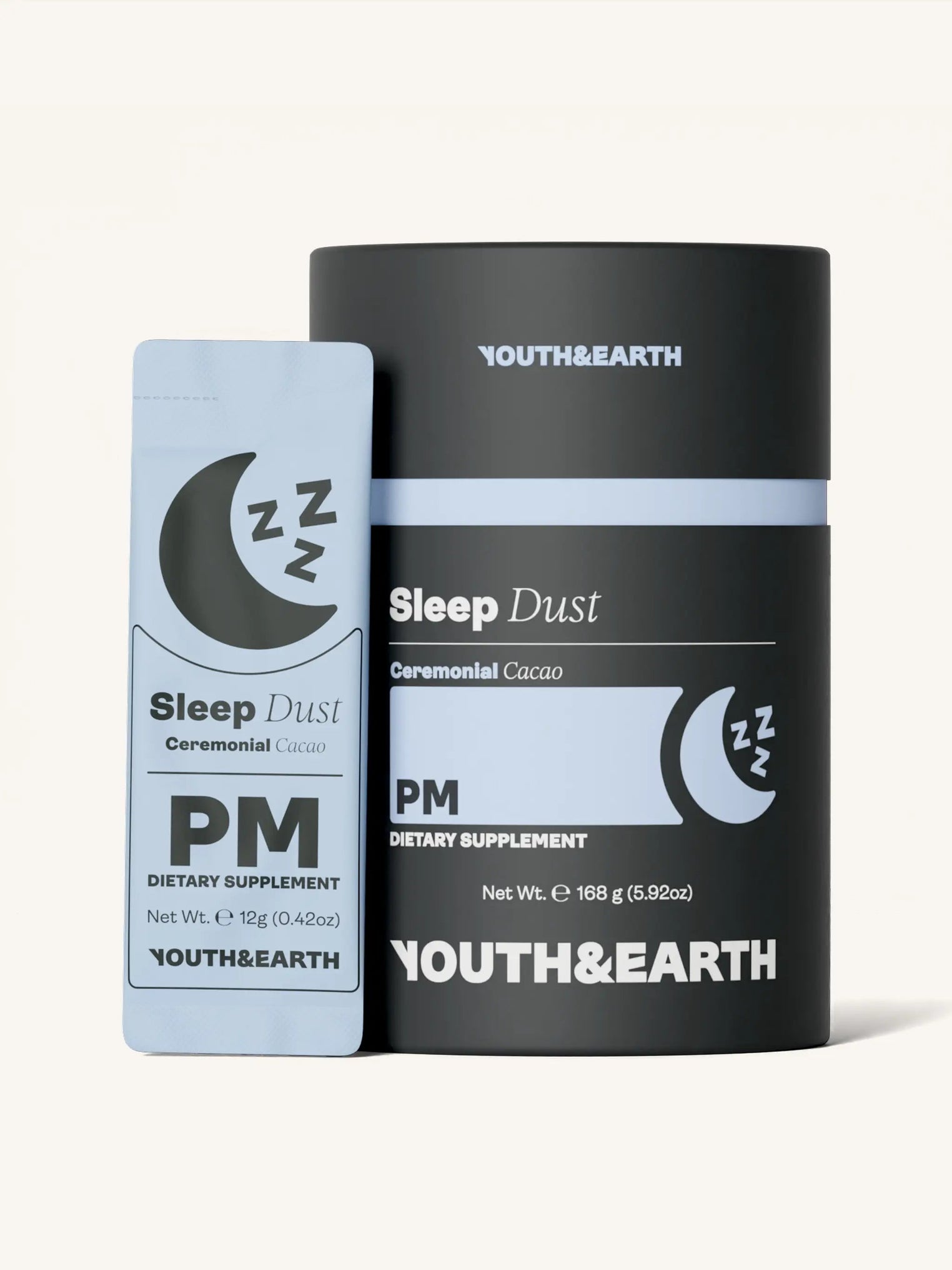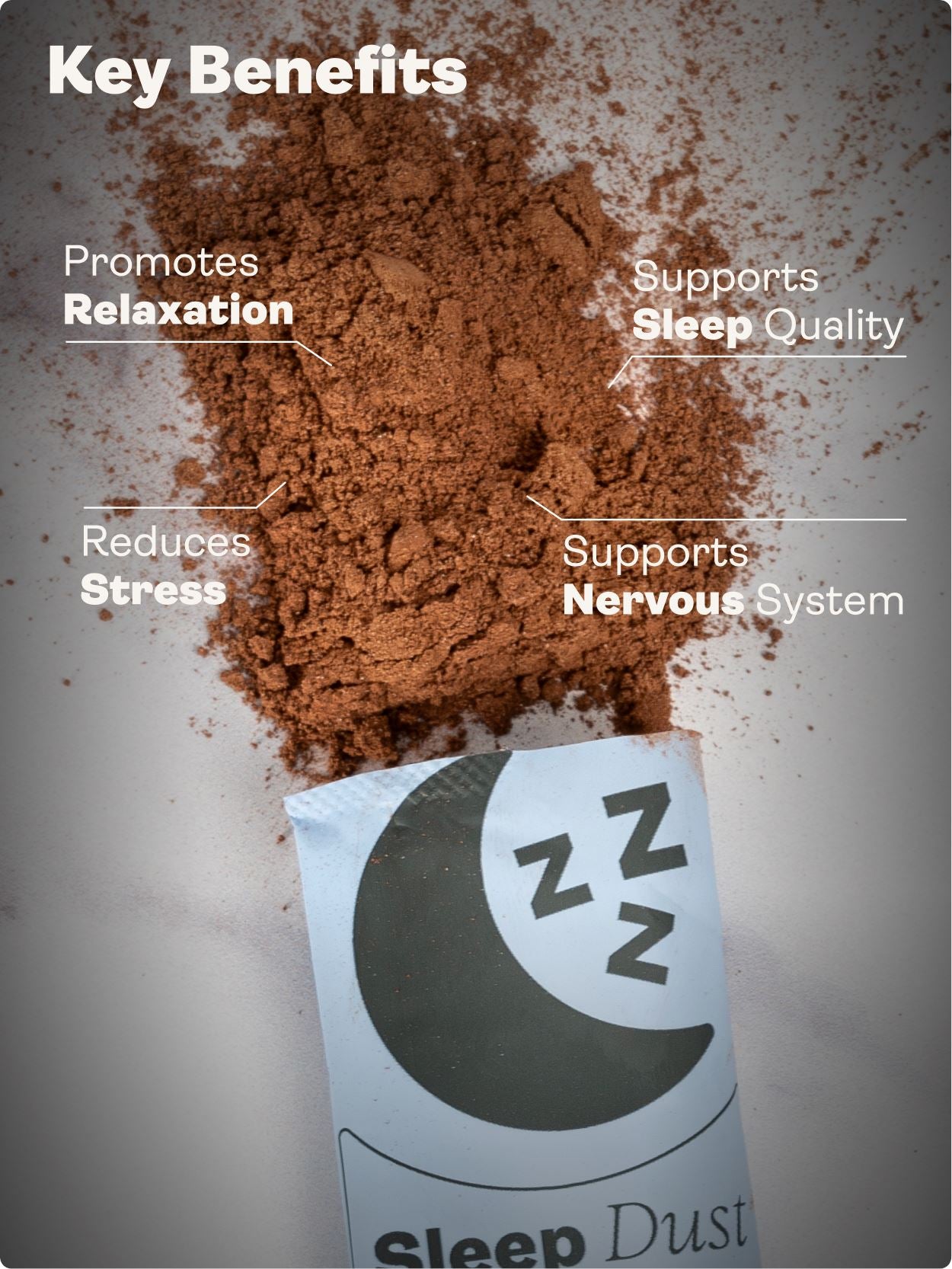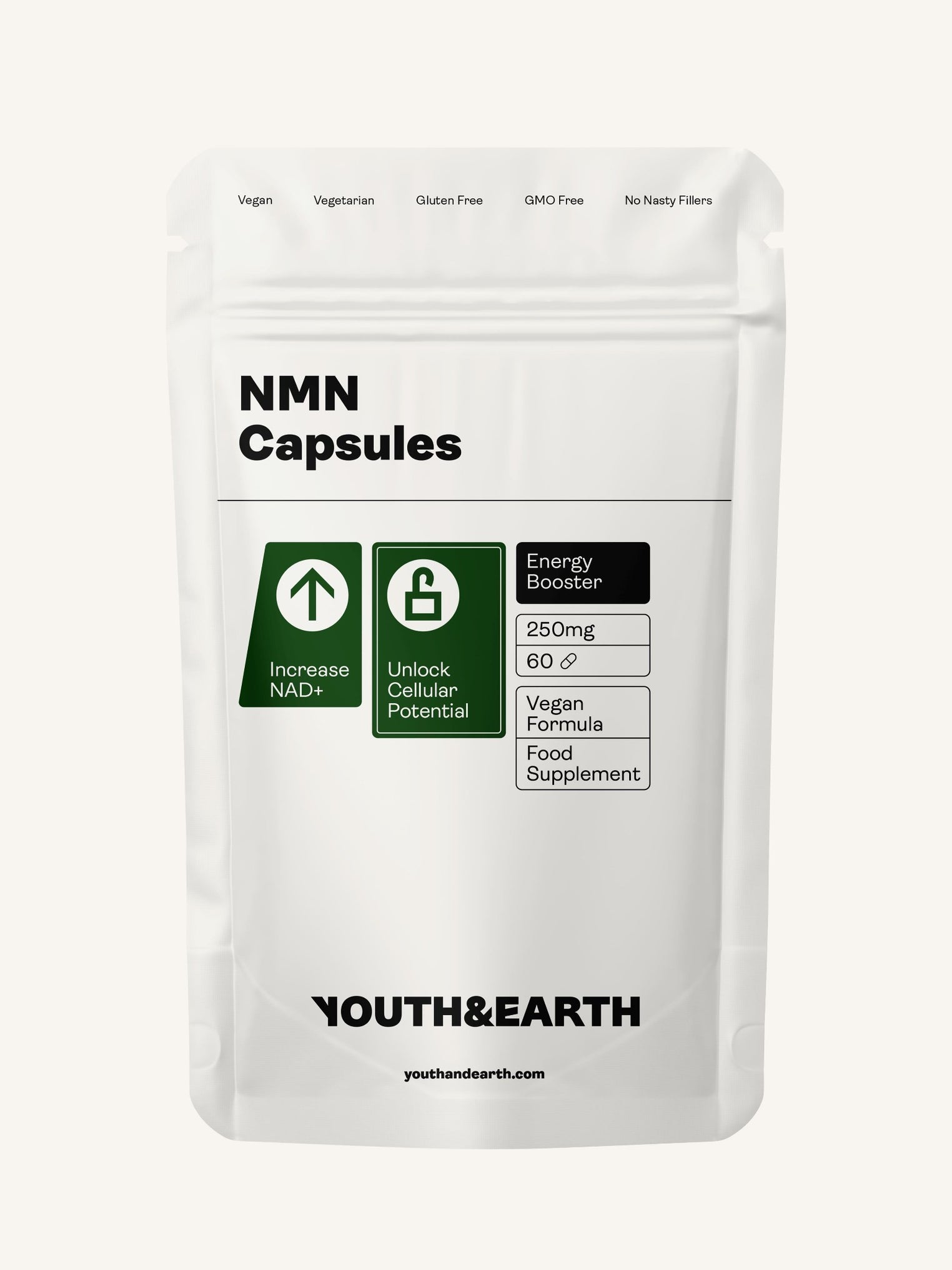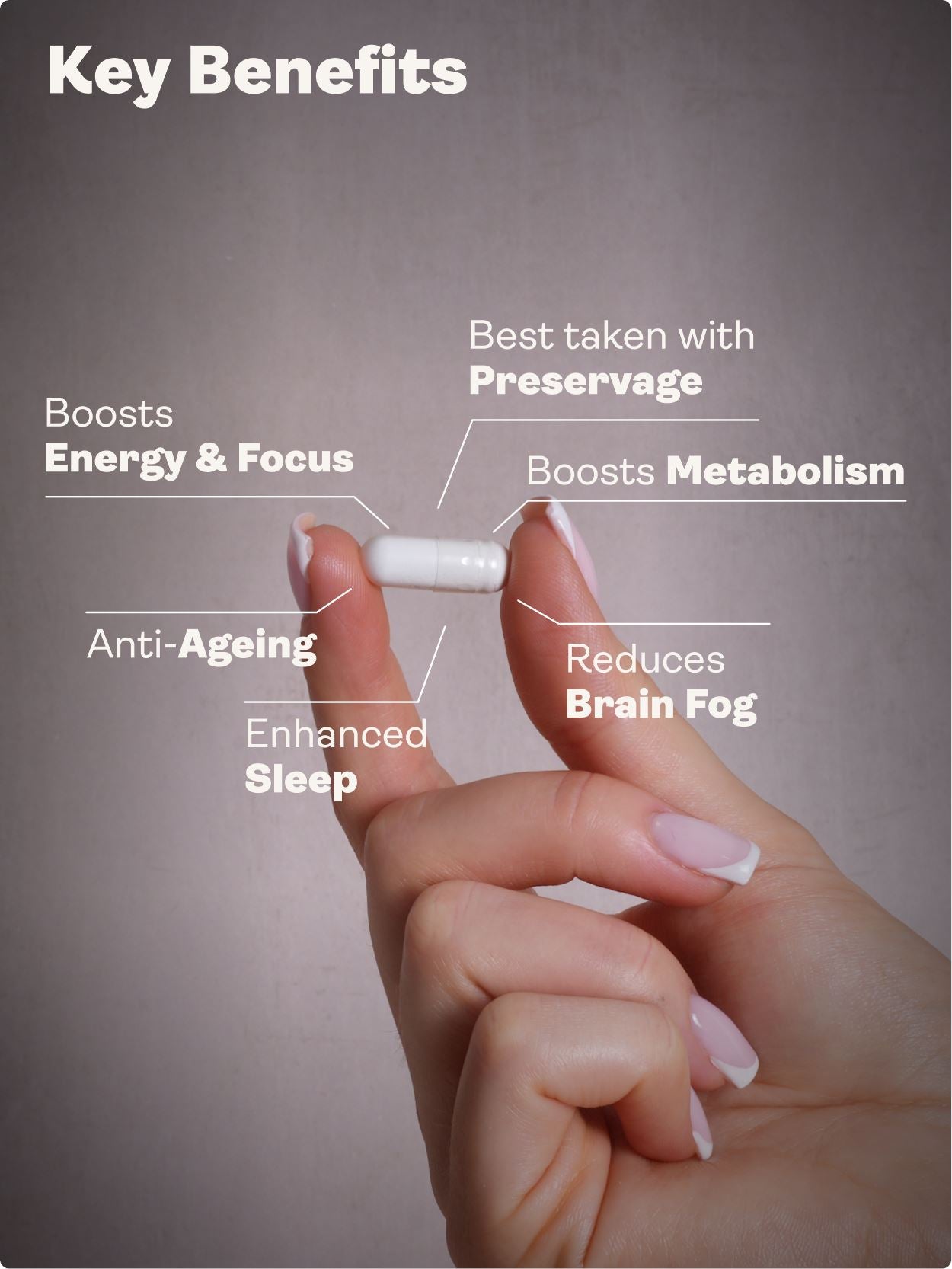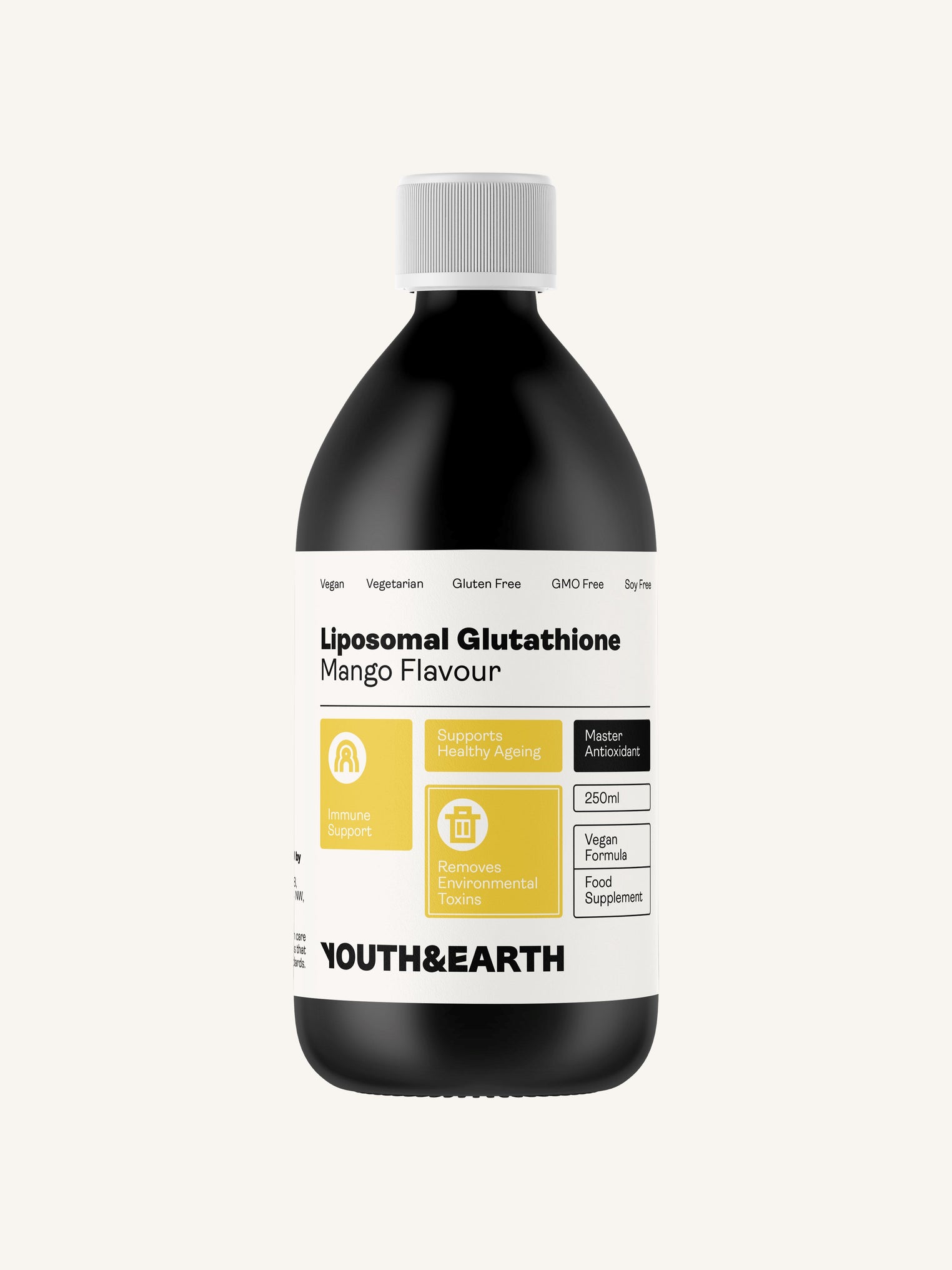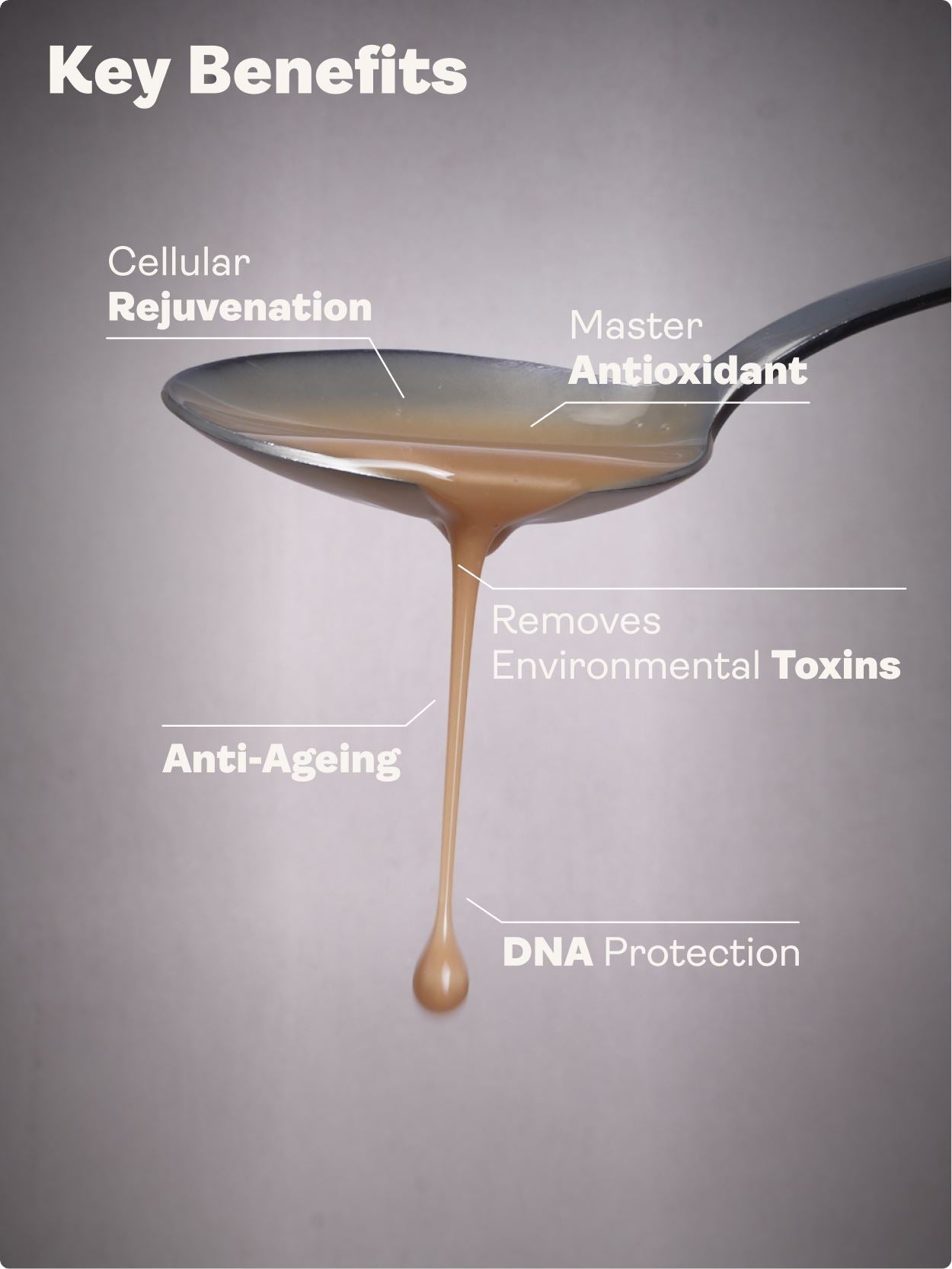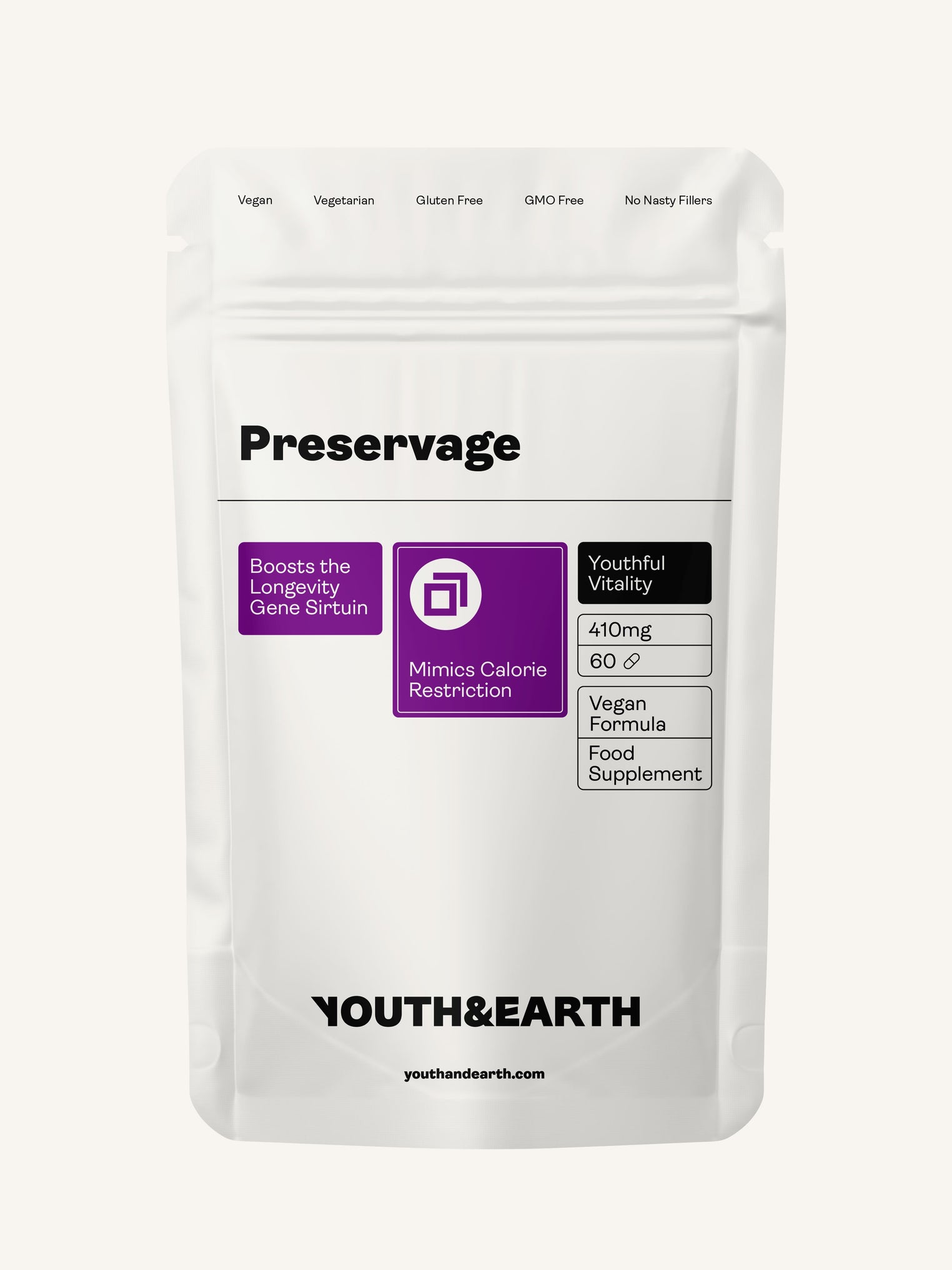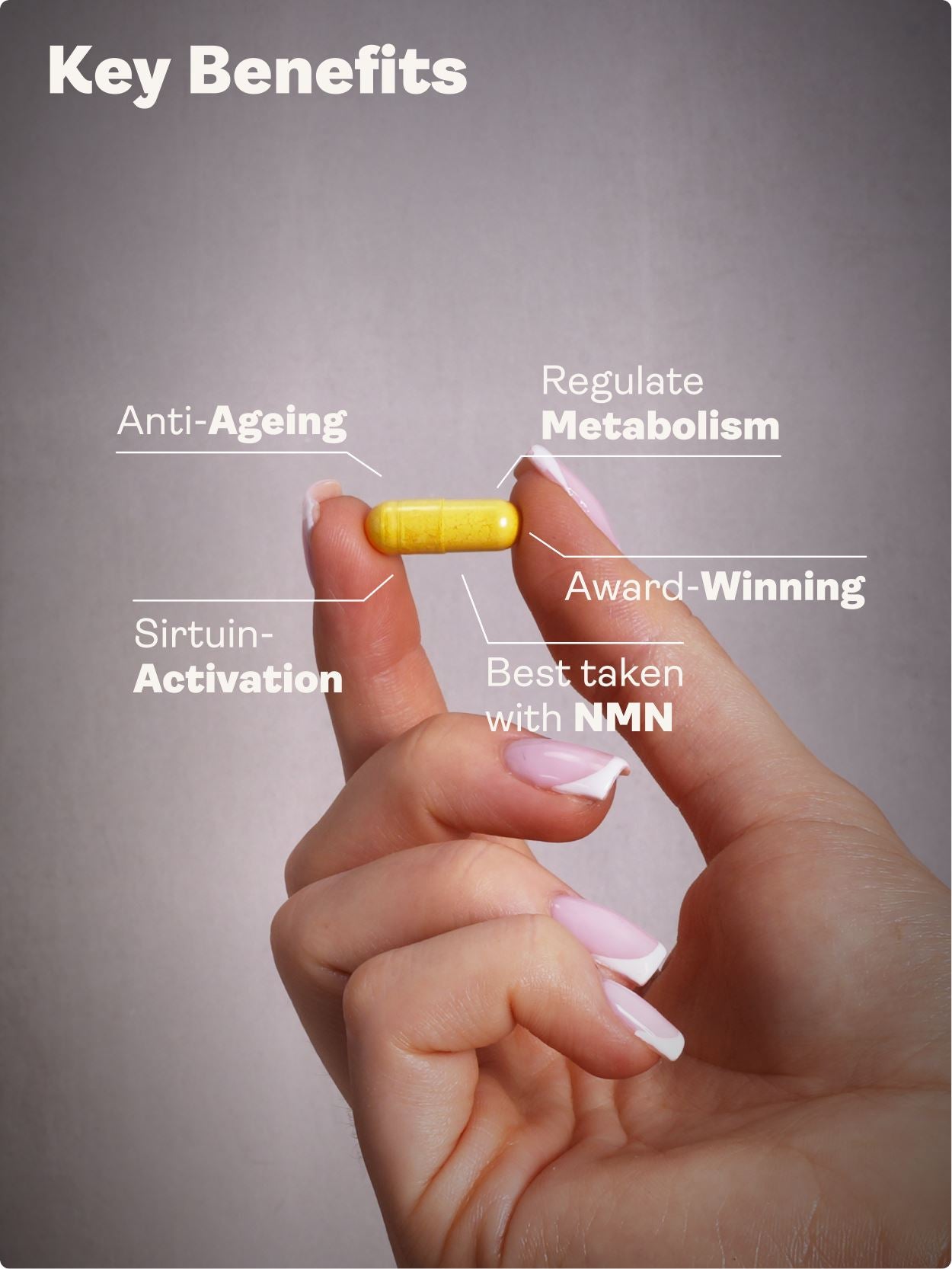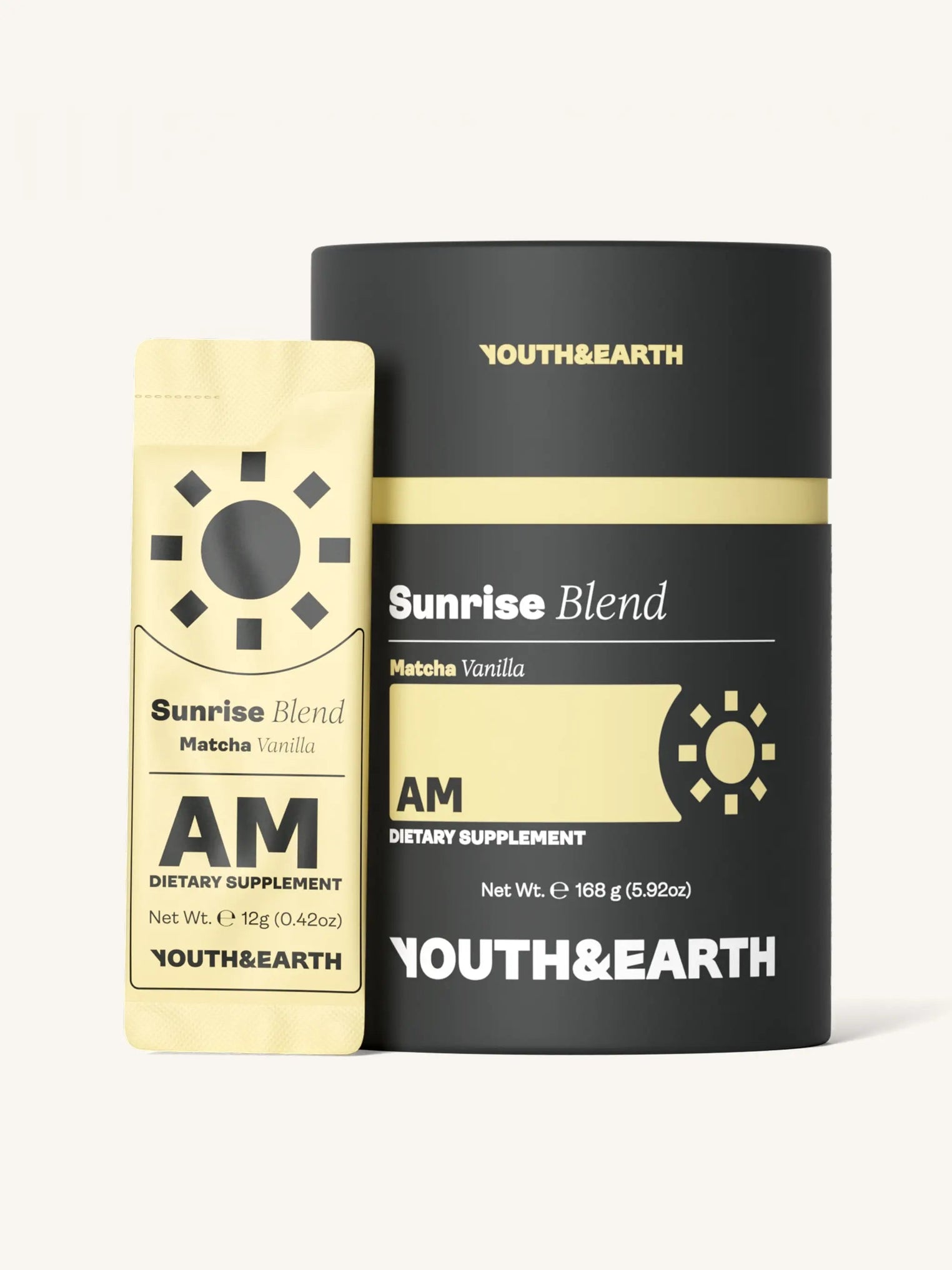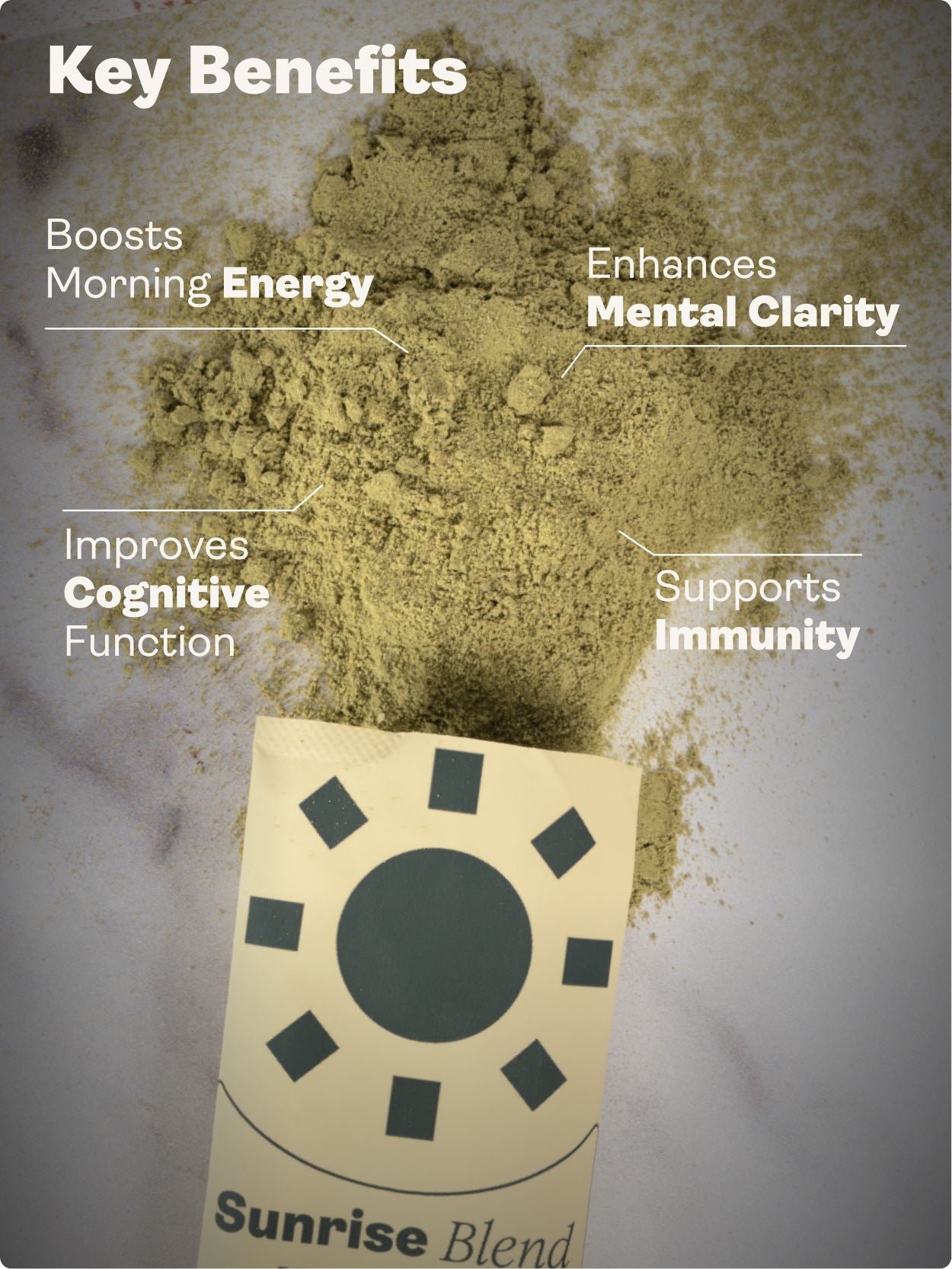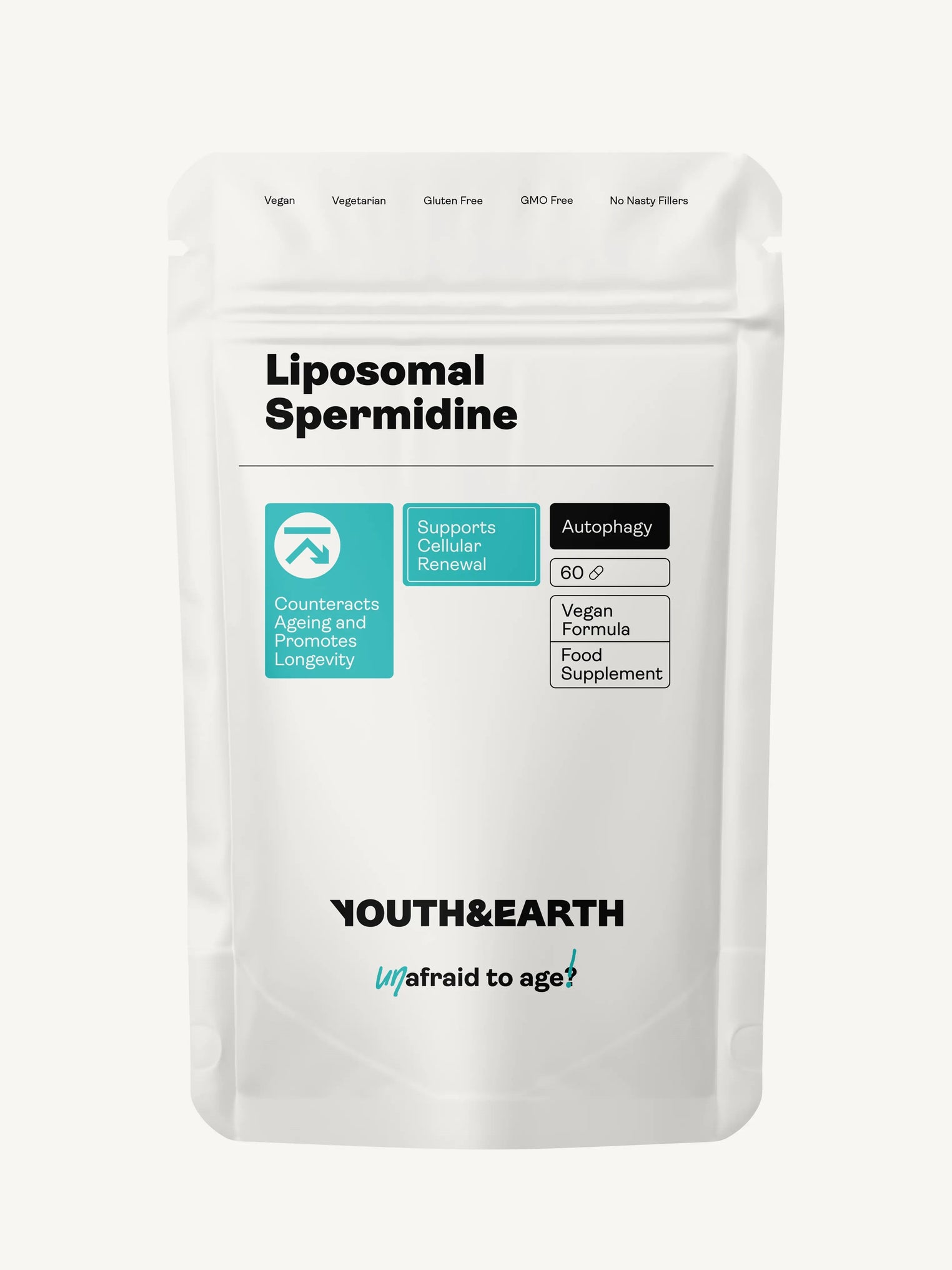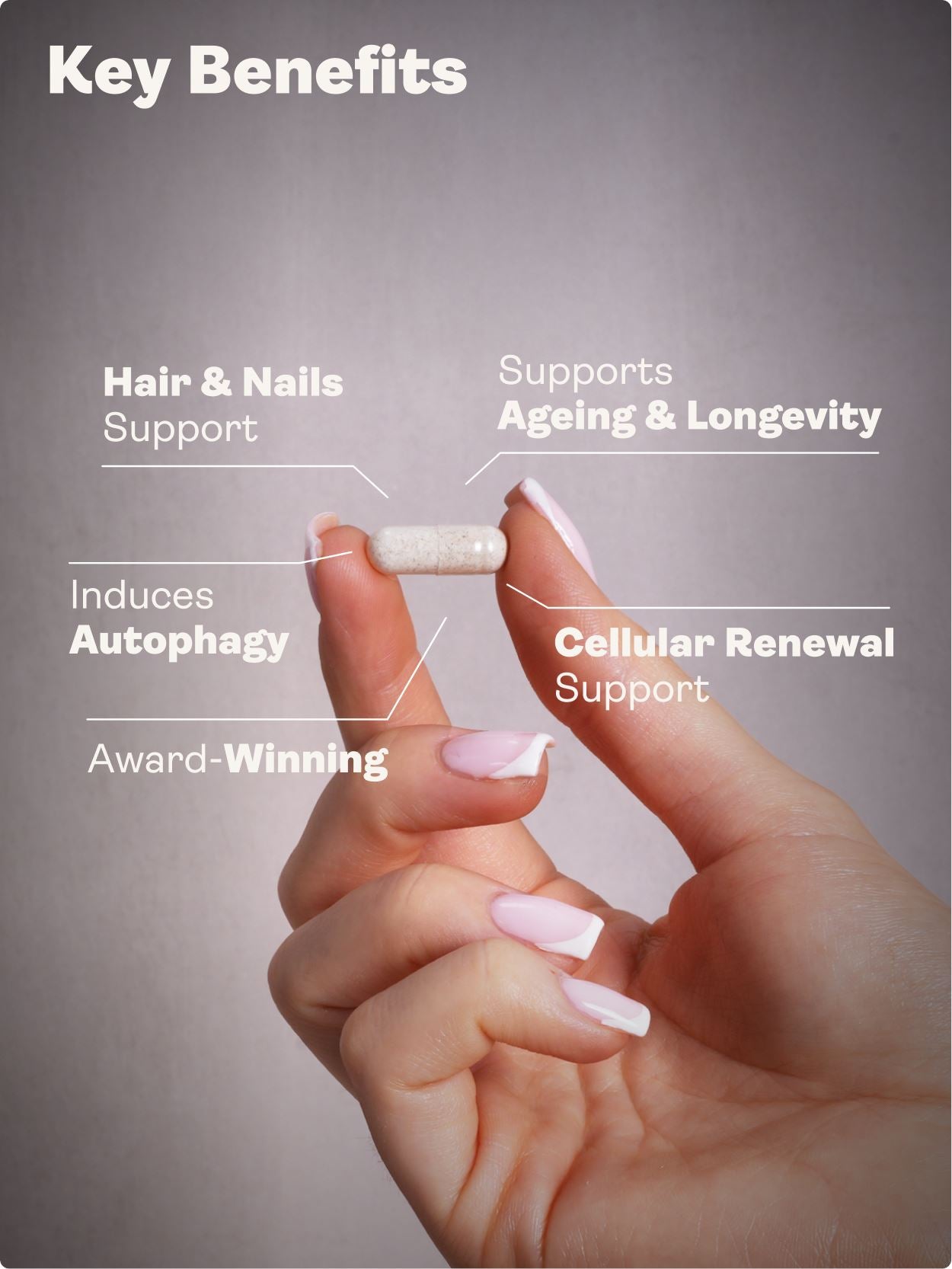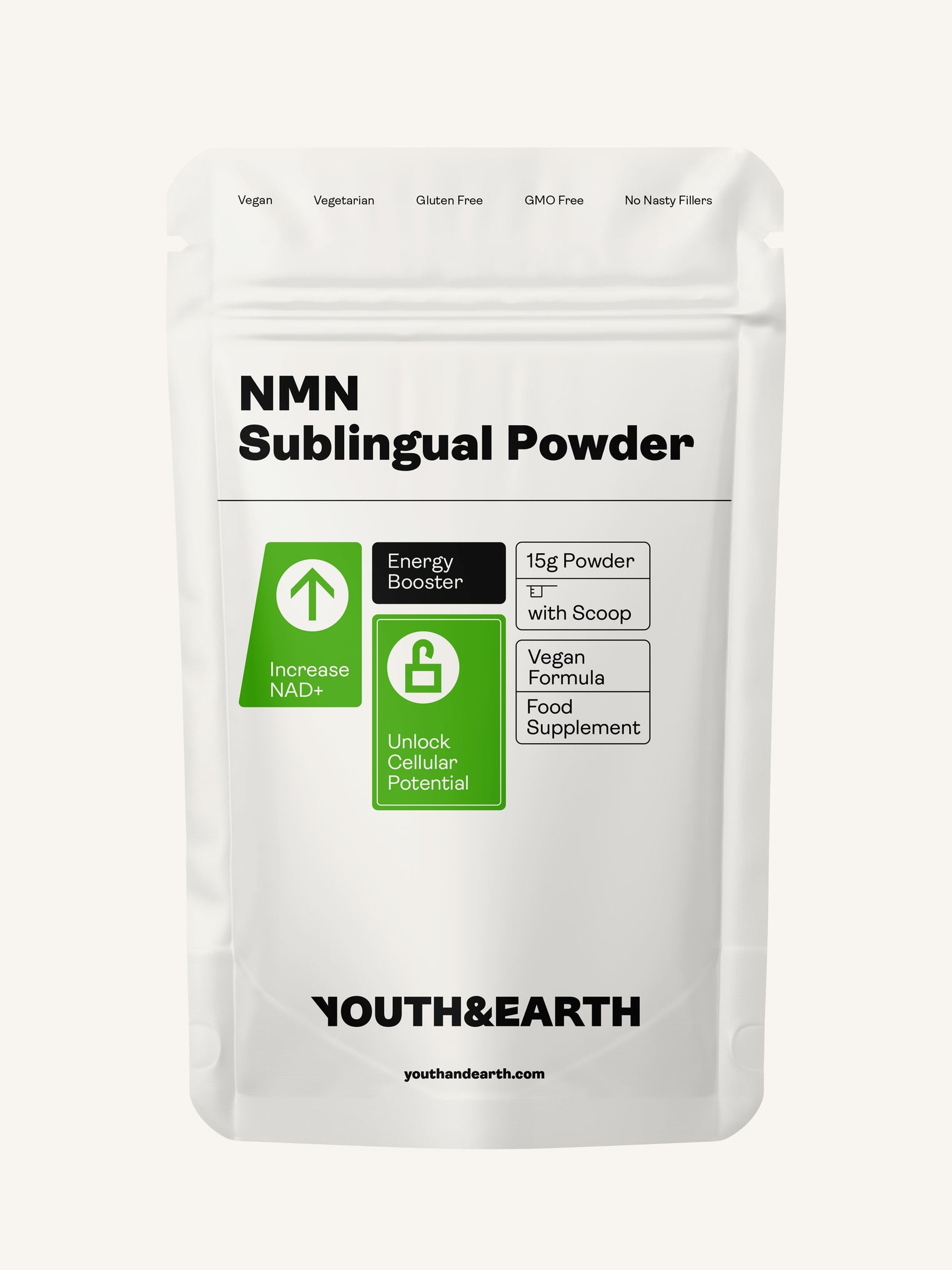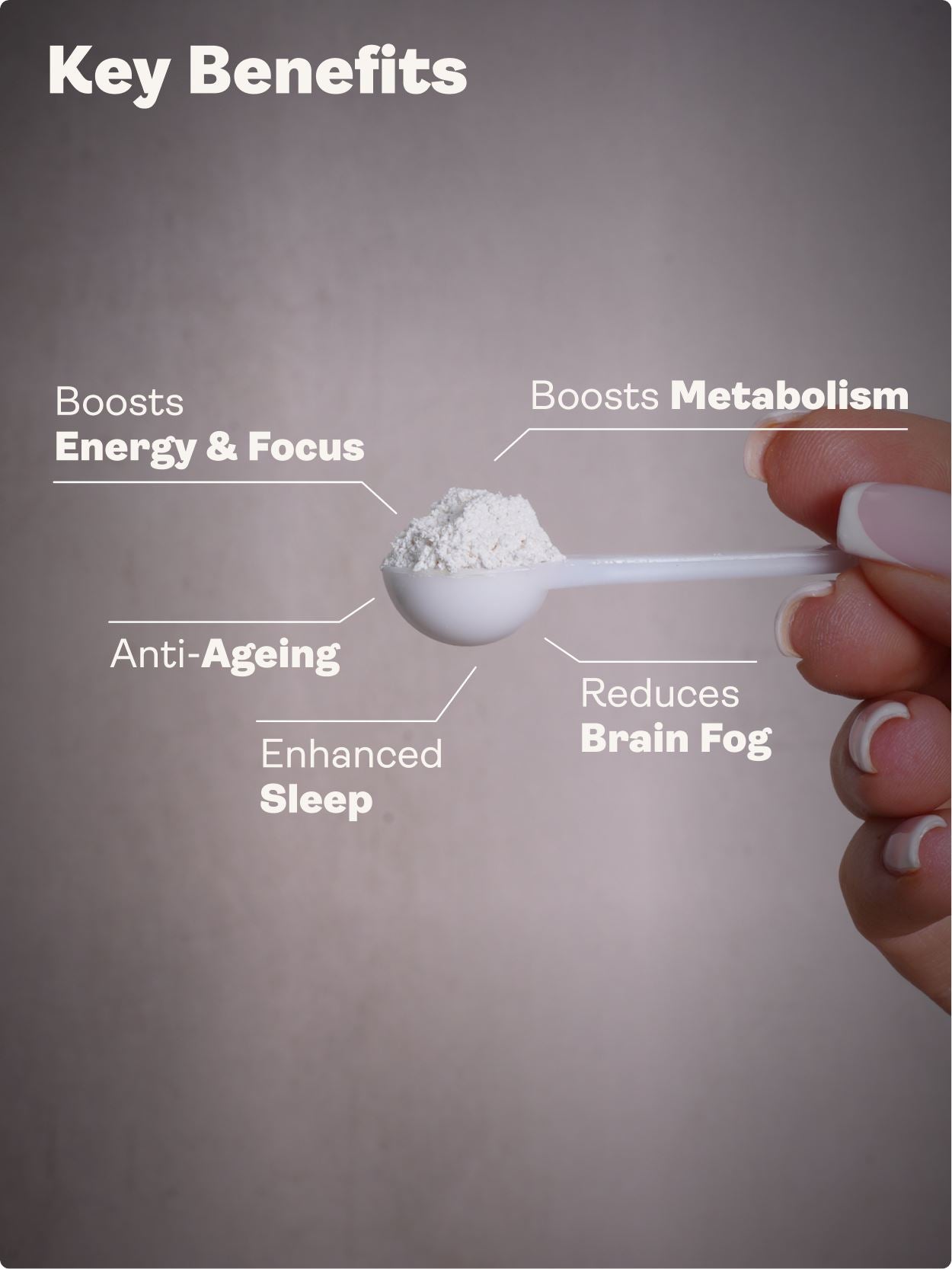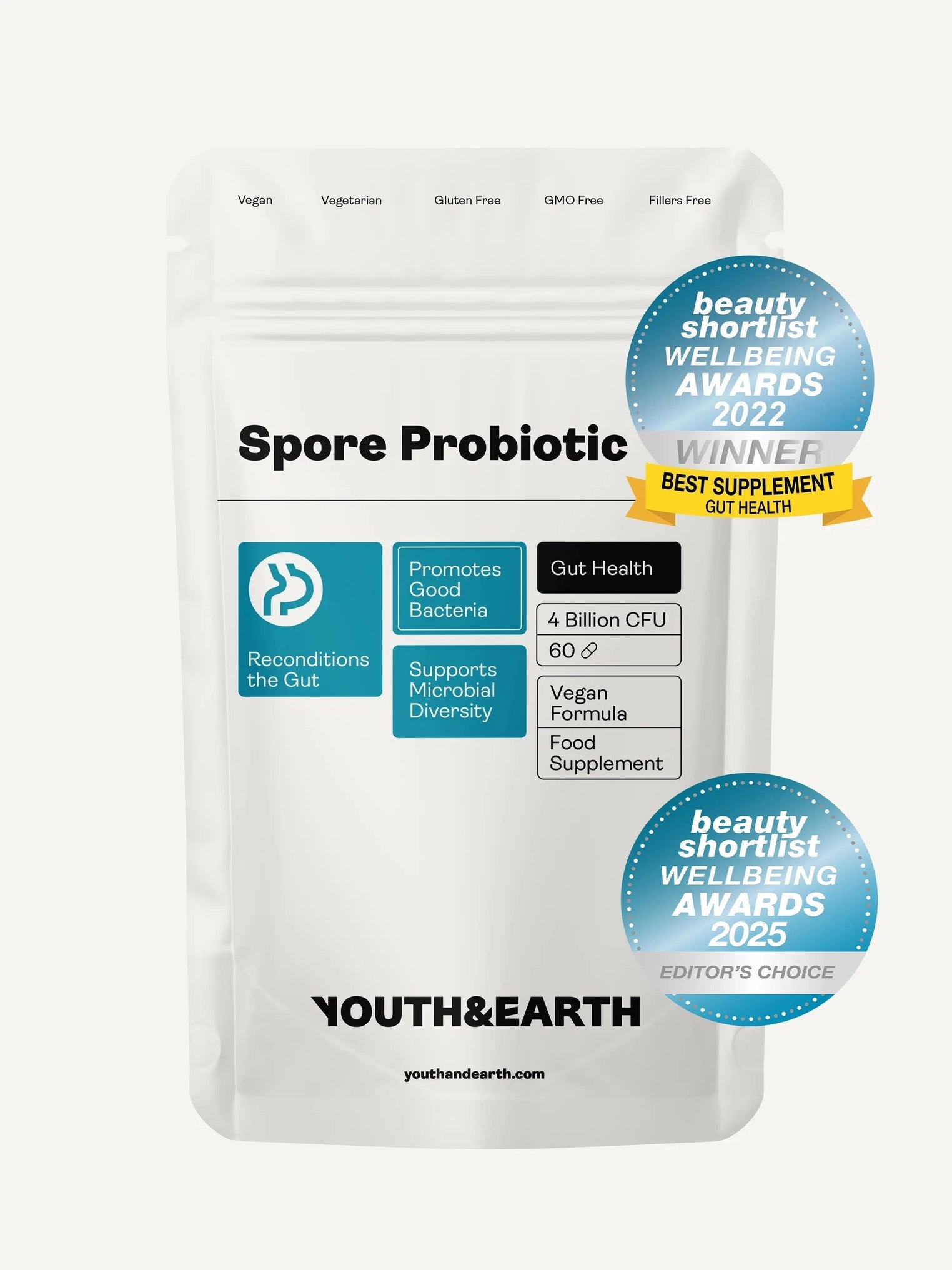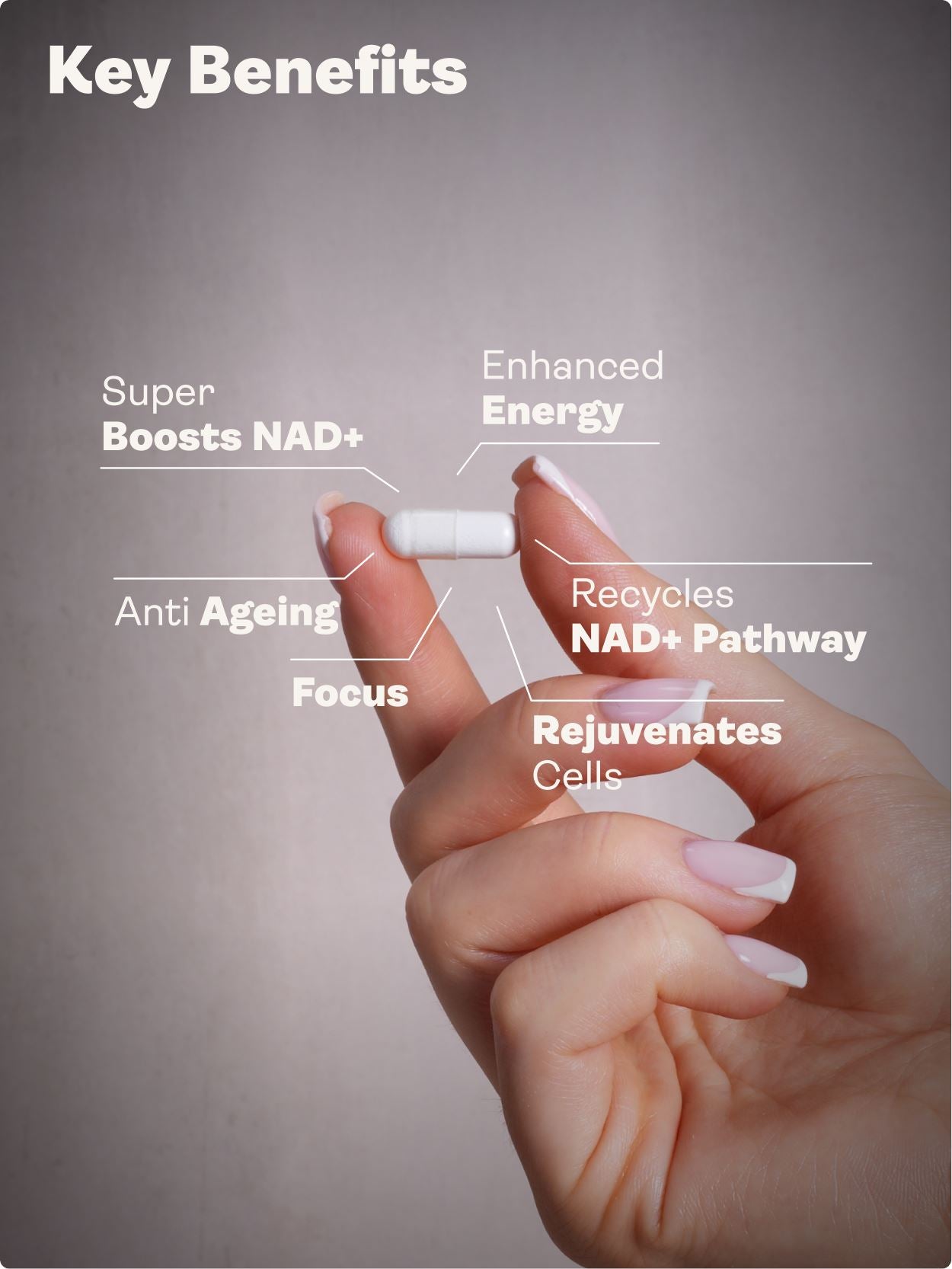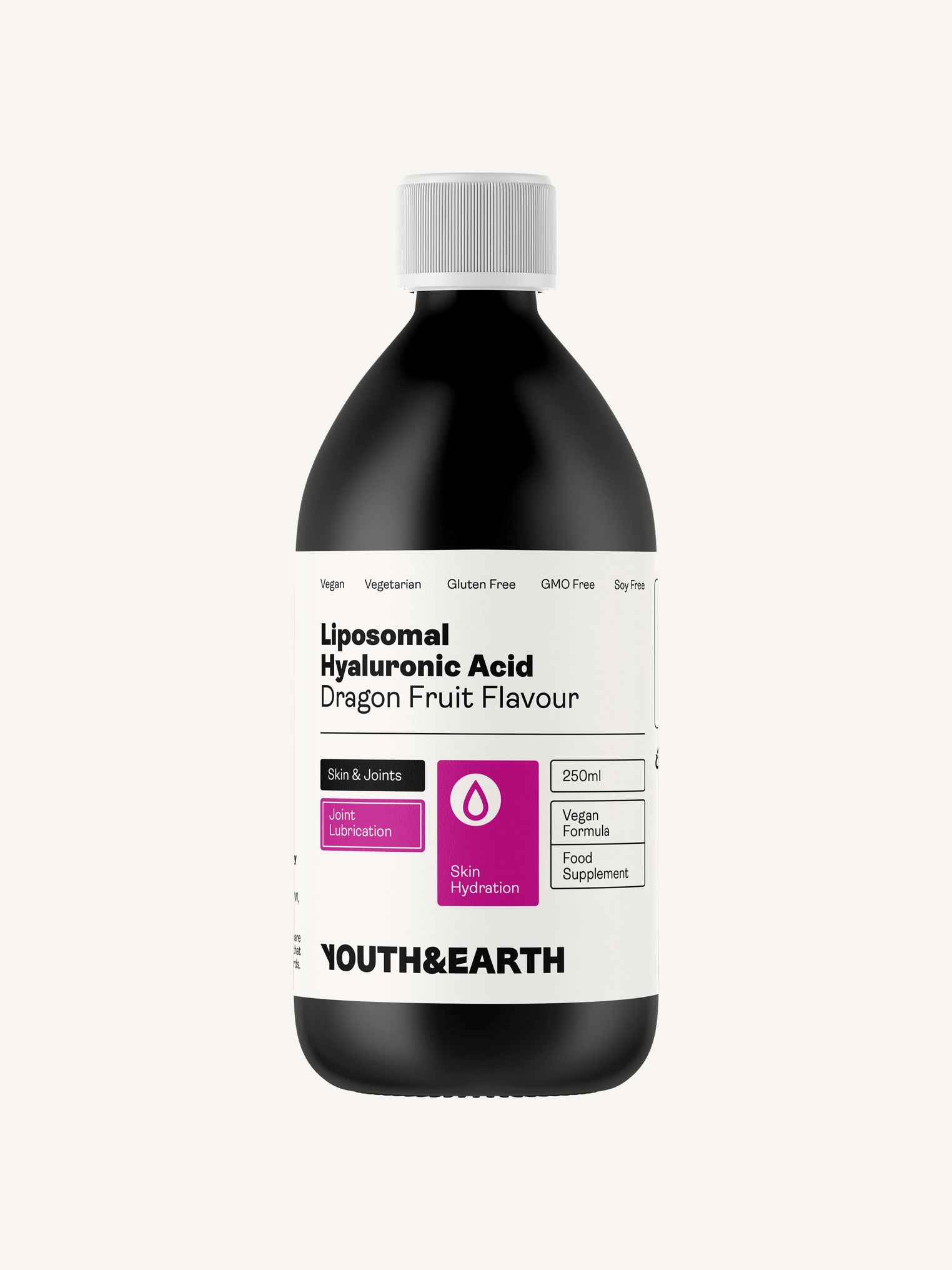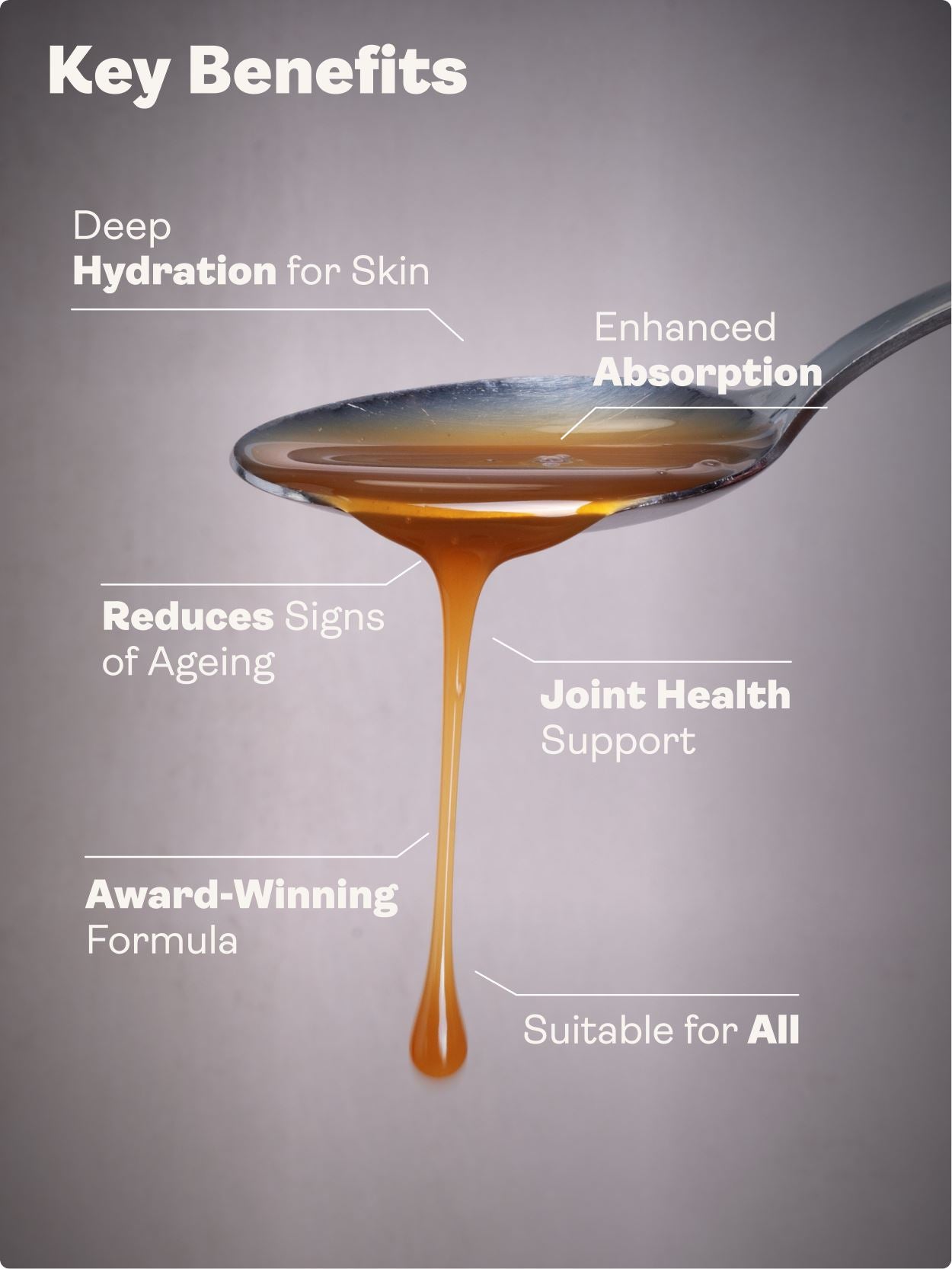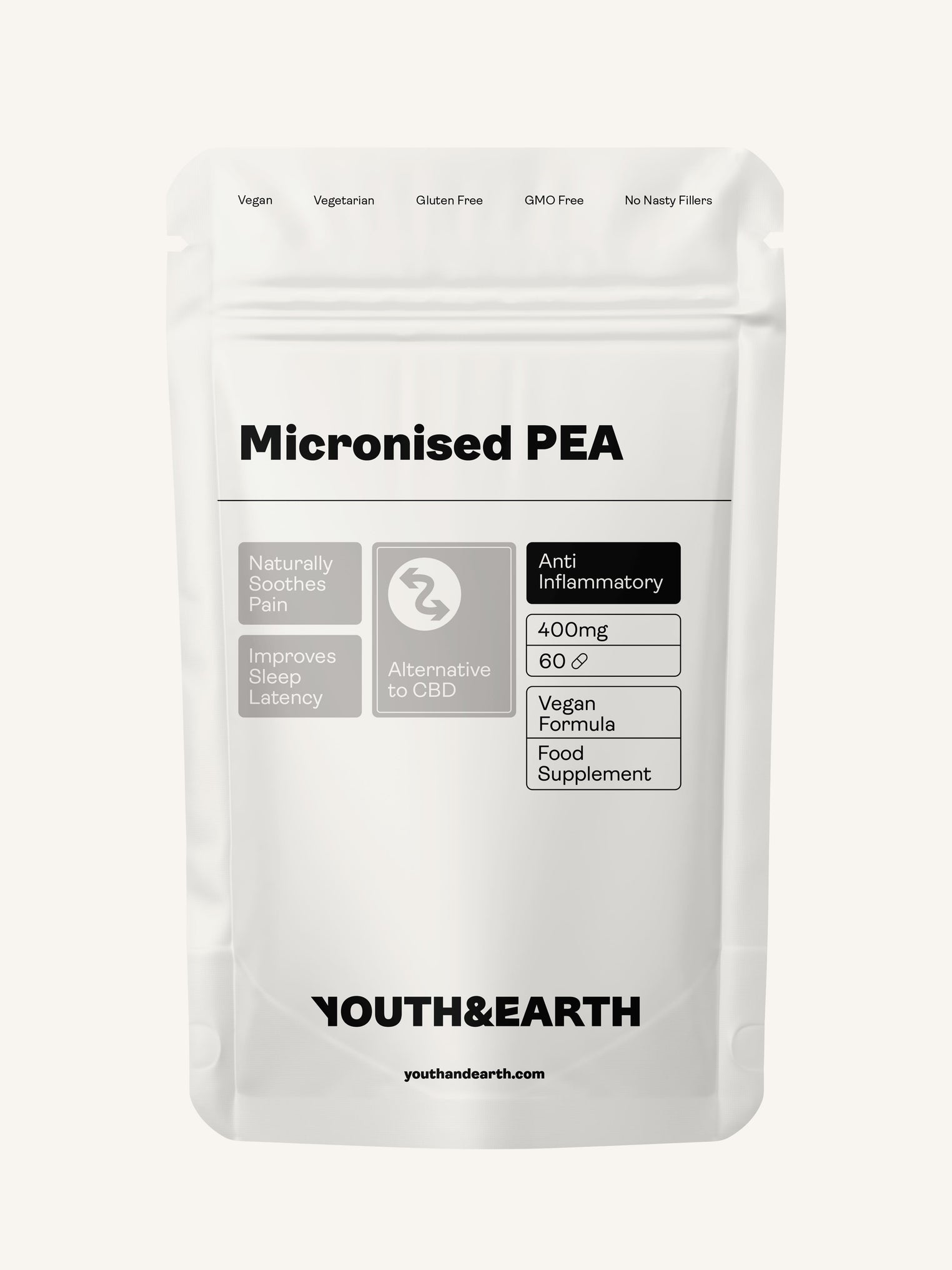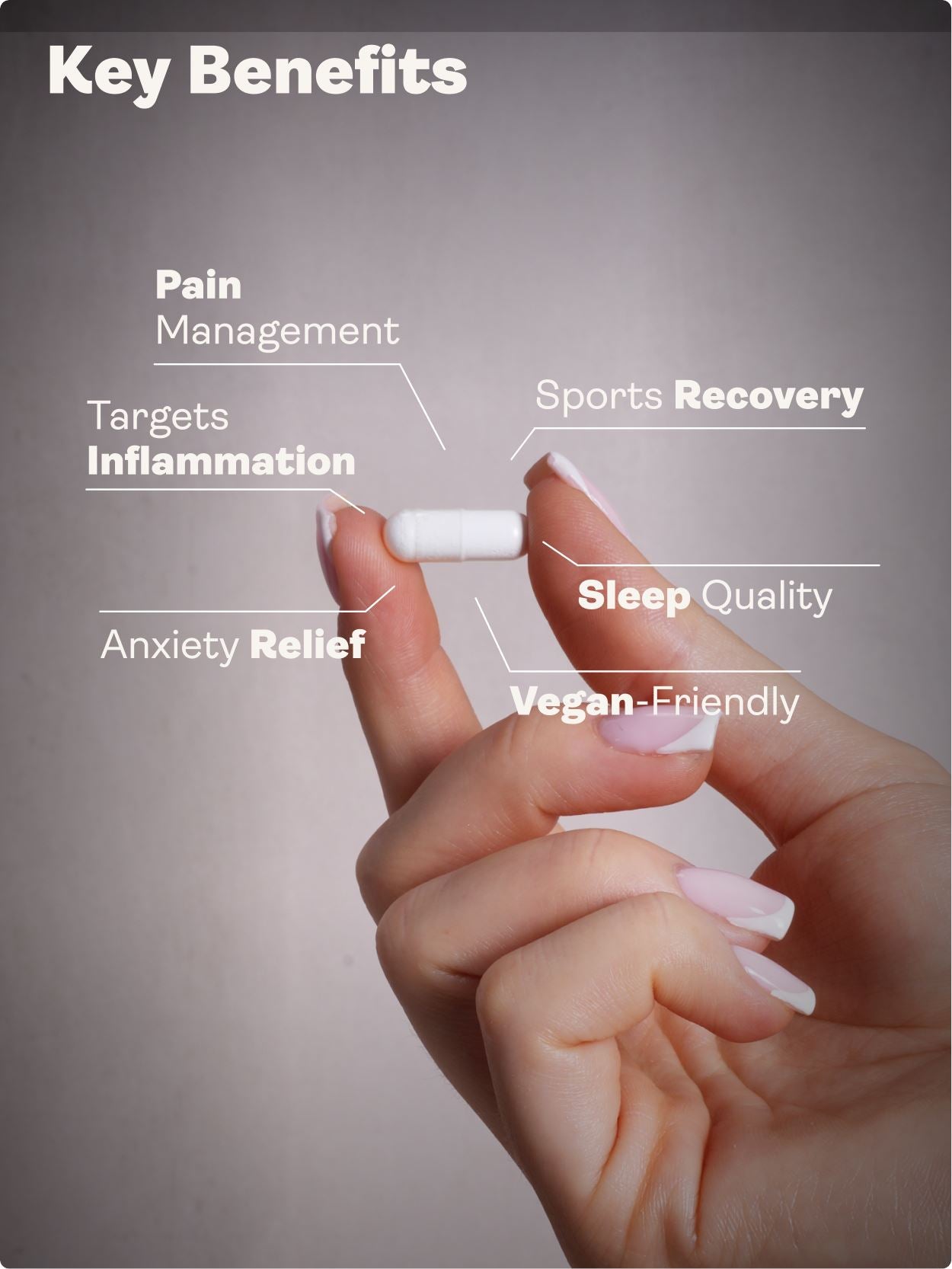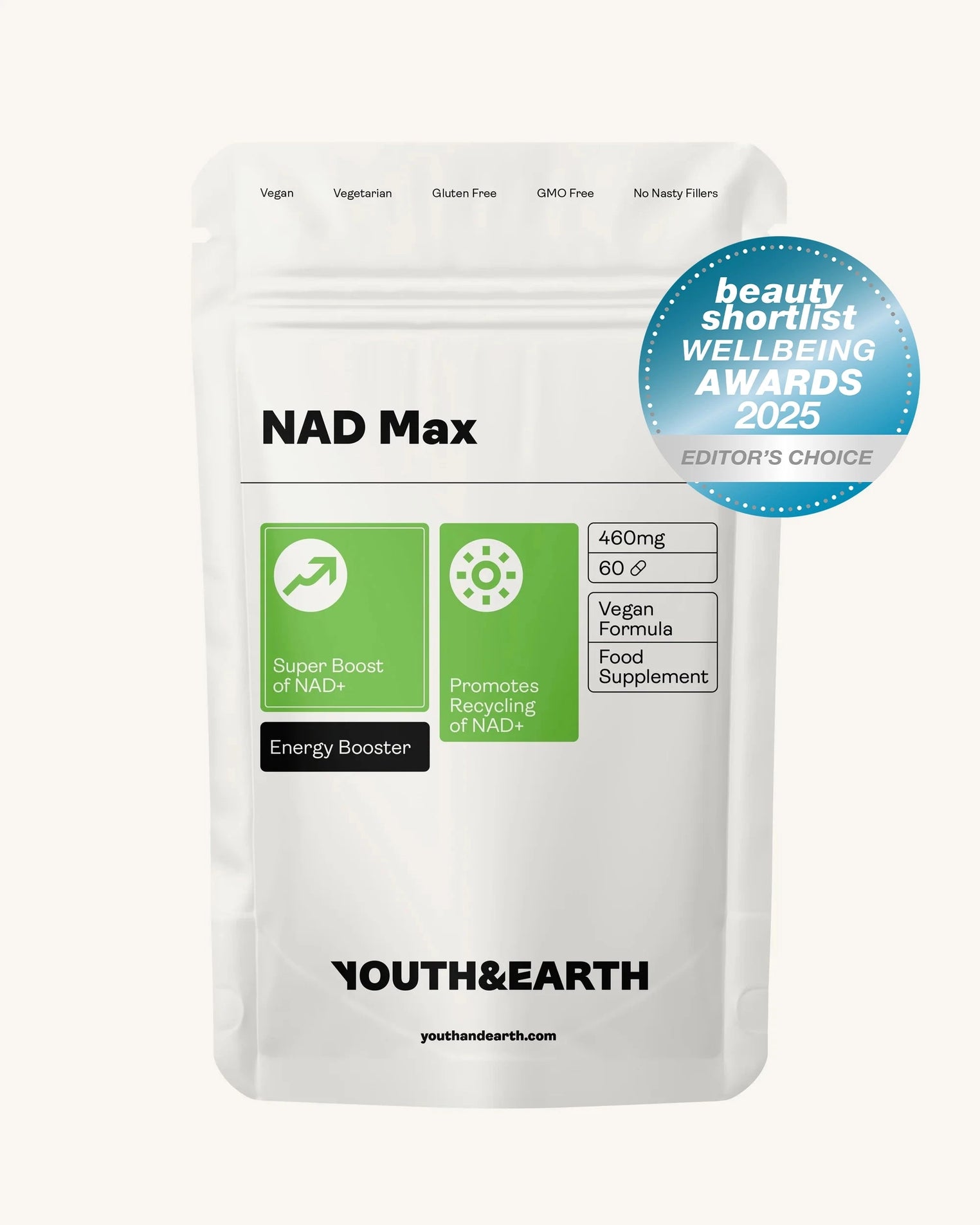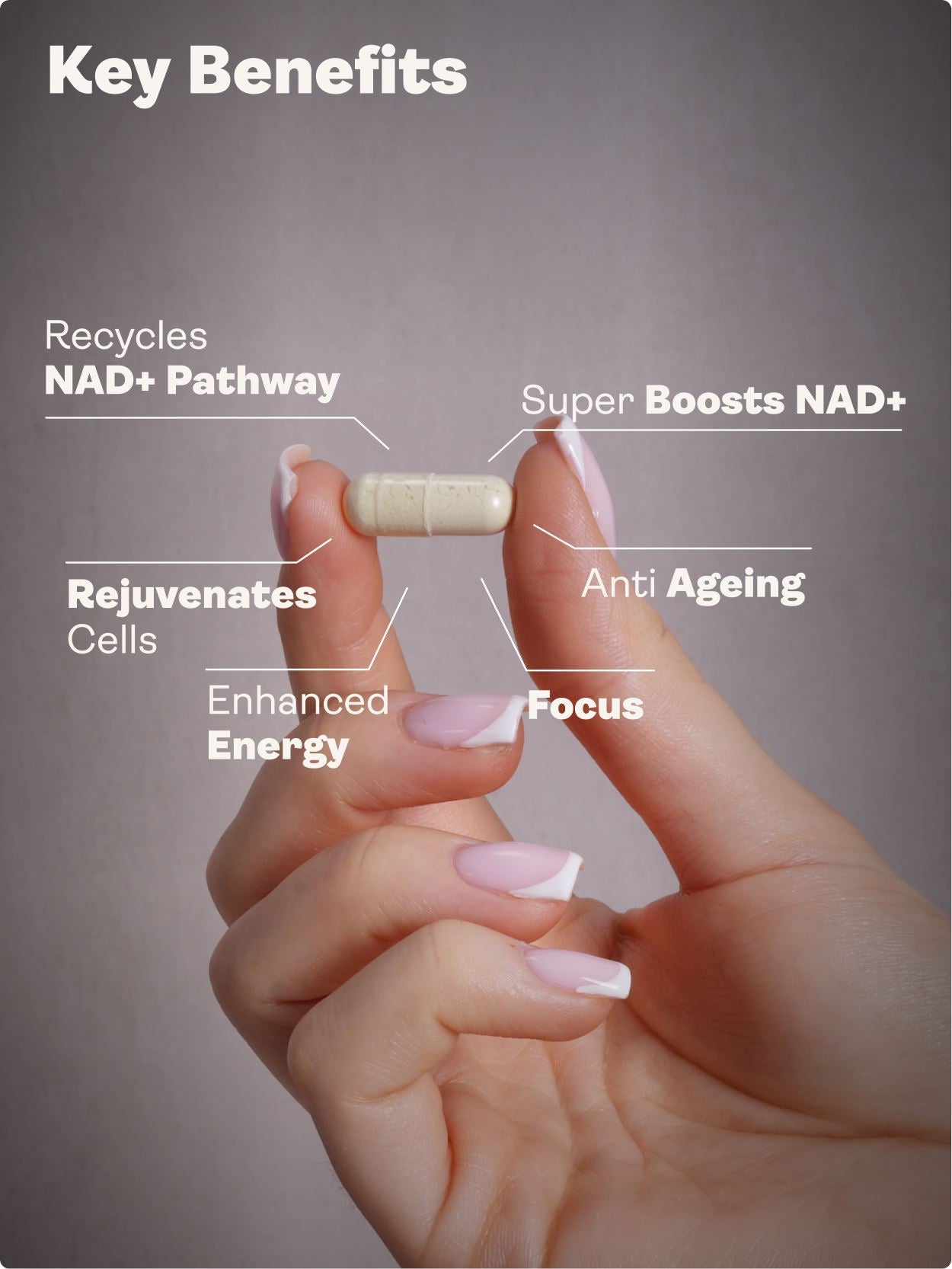Advances in peptide science suggest we might be closer than you think. By supporting DNA repair — the foundation of cellular health — peptide bioregulators may offer one of the most promising tools for extending healthspan and preserving vitality.
Table of Contents
- Science Snapshot
- What Are Peptide Bioregulators?
- DNA Repair and Ageing: Why It Matters
- Deep Dive: DNA Repair Pathways and Peptide Influence
- How Peptides Influence DNA Repair Pathways
- Stress, Telomeres, and Biological Age
- Research Highlights and Case Studies
- The Longevity Bridge Concept
- Integrating Peptides Into a Longevity Strategy
- Frequently Asked Questions
- Glossary
- Science References
- About the Author
Science Snapshot
- DNA damage occurs thousands of times per cell per day.
- Ageing is strongly linked to the decline of DNA repair efficiency.
- Peptide bioregulators may upregulate repair enzymes like PARP and sirtuins.
- Stress and lifestyle factors influence telomere length and genomic stability.
- Combining peptides with healthy habits may slow biological ageing.
What Are Peptide Bioregulators?
Peptide bioregulators are ultra-short chains of amino acids, typically 2–4 units long, that act as signalling molecules. Unlike larger peptides used for hormonal or growth effects, these are organ-specific and appear to influence gene expression directly.
They bind to DNA or chromatin structures, “reminding” cells to resume youthful patterns of repair and regeneration. For a full overview of types, see our Popular Bioregulators and Peptides Guide.
DNA Repair and Ageing: Why It Matters
Every day, your DNA faces assaults from UV light, environmental toxins, oxidative stress, and even normal metabolic processes. If not corrected, this damage leads to mutations, cellular dysfunction, and ultimately the phenotypes we associate with ageing.
Key repair processes include:
- Base Excision Repair (BER): Removes damaged bases caused by oxidation or alkylation.
- Nucleotide Excision Repair (NER): Repairs bulky lesions like UV-induced thymine dimers.
- Double-Strand Break Repair: Restores chromosome integrity via homologous recombination or non-homologous end joining.
- Telomere Maintenance: Protects chromosome ends from degradation and fusion.
Deep Dive: DNA Repair Pathways and Peptide Influence
DNA repair is orchestrated by a network of proteins and enzymes. Age-related decline in these systems contributes to genomic instability — one of the hallmarks of ageing.
- Sirtuins (SIRT1–SIRT7): NAD+-dependent enzymes that regulate chromatin structure and repair DNA double-strand breaks. Certain peptides may upregulate sirtuin activity, enhancing mitochondrial function and stress resistance.
- PARPs (Poly ADP-Ribose Polymerases): Detect DNA damage and recruit repair proteins. Peptides may enhance PARP activity, improving response to single-strand breaks.
- ATM and ATR Kinases: Master regulators that coordinate repair after DNA damage is detected.
- Telomerase: Enzyme that extends telomeres. Epitalon, a pineal-derived peptide, has been shown in studies to increase telomerase activity in human somatic cells.
By modulating these pathways, peptide bioregulators could slow the accumulation of DNA errors that drive ageing.
How Peptides Influence DNA Repair Pathways
Peptides seem to work by restoring optimal protein synthesis and gene expression in specific tissues. Examples include:
- Upregulating protective heat shock proteins.
- Enhancing antioxidant enzyme activity, reducing oxidative stress load.
- Improving mitochondrial DNA repair via PGC-1α pathways.
These effects may translate to better tissue function, slower biological ageing, and improved resilience against disease.
Stress, Telomeres, and Biological Age
Chronic stress accelerates biological ageing via hormonal, inflammatory, and oxidative pathways. Cortisol in particular disrupts telomere maintenance, leading to shorter cell lifespans.
Peptides may help indirectly by improving resilience and recovery, but lifestyle interventions remain critical:
- Mindfulness meditation to reduce cortisol levels.
- Physical activity to promote anti-inflammatory signalling.
- Social connection and purpose to buffer psychological stress.
Research Highlights and Case Studies
- A Russian clinical trial using thymus-derived peptides in elderly subjects showed improved immune markers and reduced incidence of infectious disease over 6 years.
- Epitalon administration in vitro increased telomerase activity and extended the proliferative lifespan of human fibroblasts.
- Animal studies indicate pineal peptides may normalise circadian rhythms, indirectly improving repair efficiency.
The Longevity Bridge Concept
The longevity bridge is about staying biologically young enough to benefit from future medical advances. Peptides are one of the structural supports, alongside:
- NAD+ boosters to enhance sirtuin function.
- Autophagy activators like spermidine to remove damaged cellular components.
- Hormetic stressors (sauna, cold exposure) to trigger repair pathways.
The Longevity Bridge in Practice
Example integration protocol:
- Weeks 1–4: Introduce one peptide cycle (e.g., Epitalon), focus on hydration, nutrient density, and sleep.
- Weeks 5–8: Add stress-reduction practices and light movement routines.
- Weeks 9–12: Layer in mitochondrial support supplements and intermittent fasting.
Integrating Peptides Into a Longevity Strategy
Peptides work best as part of a comprehensive lifestyle program. Key pillars include:
- Nutrition: Adequate protein, micronutrients, and phytochemicals.
- Movement: Resistance, cardiovascular, and mobility training.
- Rest: Prioritise restorative sleep.
- Synergy: Combine with other science-backed interventions.
Frequently Asked Questions
Q: Can peptides reverse ageing?
A: They may slow biological ageing and improve repair capacity but are not a cure-all.
Q: How do peptide bioregulators differ from other peptides?
A: Bioregulators are ultra-short and organ-specific, influencing gene expression directly.
Q: Are they safe?
A: Many occur naturally, but quality control and medical oversight are vital.
Q: Can they be combined with other strategies?
A: Yes — often with synergistic benefits.
Glossary
- Bioregulator Peptide: Short amino acid chain influencing organ-specific repair.
- Sirtuins: Enzymes linked to DNA repair and mitochondrial health.
- PARP: Enzyme family critical for repairing single-strand DNA breaks.
- Telomere: Protective DNA segment at chromosome ends.
Science References
- Anisimov VN, et al. "Peptide bioregulators: A new class of geroprotectors." Biogerontology, 2010.
- Khayat S, et al. "Epitalon increases telomerase activity in human somatic cells." Exp Gerontol, 2003.
- Shabalina IG, et al. "Effects of pineal peptides on mitochondrial function." J Pineal Res, 2015.
About the Author
Ed Van Harmelen is the founder of Youth & Earth and a passionate advocate for biohacking and anti-ageing since 2017. He has been featured in numerous podcasts and wellness publications for his insights on longevity, biohacking, and the science behind supplements. Ed is widely regarded as a pioneer in bringing cutting-edge anti-ageing tools to everyday consumers, making the benefits of advanced biohacking science both accessible and actionable. He is also the founder of optimallyme.com, a leading B2B health optimisation platform, and V14, an all-in-one longevity supplement.
Last Updated: {{current_date_time}}



